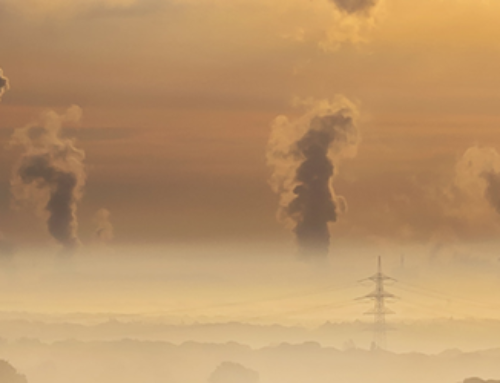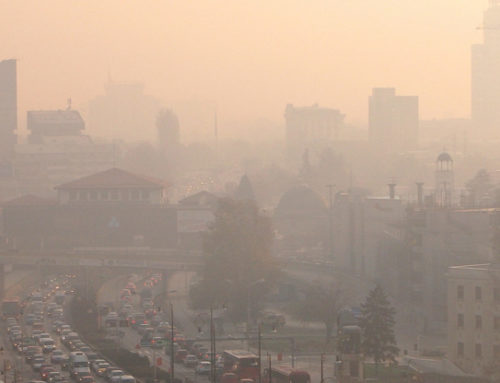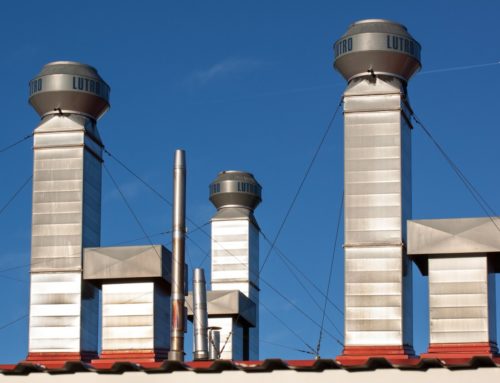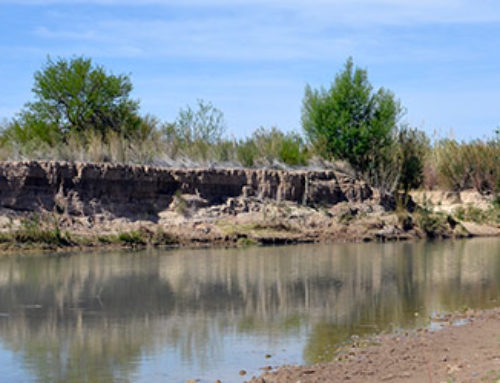Air Constituents
Air constituents are a mixture of gases in varying amounts. It consists of 78% nitrogen, 21% oxygen, argon and other inert gases to the extent of about 1.0%. In addition, carbon dioxide is another important constituent of the atmosphere which varies in amount from 0.1% to 0.3%. The variation is mainly due to combustion photosynthetic processes. The other gases, e.g., sulphur dioxide, nitrogen dioxide, ozone, etc. are found in very small quantities. Water vapor is also an important constituent which varies from region to region.
Atmospheric nitrogen reacts with oxygen under the action of lightening producing oxides of nitrogen which are carried to the earth by rain or snow in the form of nitrous or nitric acid.
Unlike nitrogen, oxygen is a very reactive substance. It is indispensable in life functions of most plants and animals. In fact metabolism can be considered as an efficient oxidation process.
Carbon dioxide though present in much smaller amounts as compared to nitrogen and oxygen, is crucial for sustaining life. Food chain starts with photosynthesis, in which plants utilize carbon dioxide and water in the presence of sunlight to make sugar and starch. The levels of carbon dioxide in the atmosphere also play a part in determining the global temperature.
Air also carries water vapor. The proportion of water is temperature-dependent and, so, it is exceedingly variable. However, about half the atmospheric moisture remains within one to one and half kilometer of the earth’s surface, and it is scarcely found beyond the level of 10km above the surface of the earth.
In addition to the gases and water vapor, air also carries minute solid particles. These particles when visible are known as dust. Dust particles have terrestrial origin and lie mainly within 1.8km of the atmosphere from the surface of the earth.
The atmosphere acts as a heat insulator and helps in the distribution of heat during day to night temperature changes. The sound vibrations and their transmission is also possible due to the presence of atmosphere. Above all, without atmosphere, there would be no weather, no rain, no vegetative cover, no varying weather phenomena. Without this cover, the earth would have remained exposed to many lethal radiations from sun, thereby creating an adverse situation for any life on the earth.
The percentage proportion of gases remains almost constant throughout the atmosphere, at least up to a height of 24km.
But, this does not hold true in case of the air around large cities and industrial centers, where an increase in carbon dioxide and a decrease in oxygen results due to combustion of fuel in power plants and automobiles and also due to concentration of a large number of human beings.
Extracts from the article “What are the important constituents of air ?” by: MOHIT IASIJA





